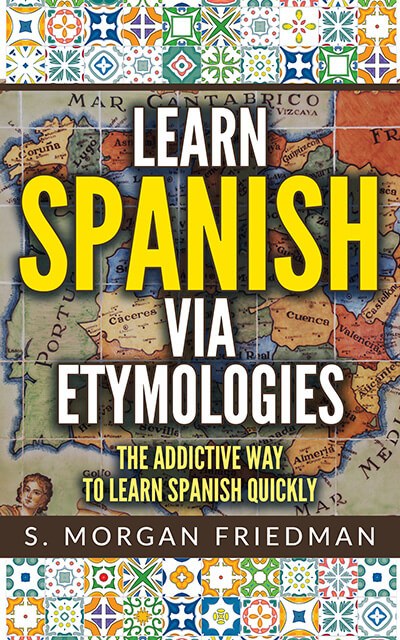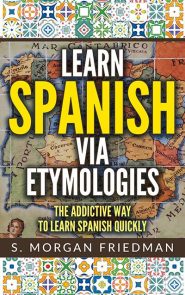Recinto (Spanish for “enclosure” or “facility”) comes from the Latin re– (which just adds emphasis) and the Latin cintus (a noun meaning “surrounding” – in the literal sense, of something that surrounds something else, like enclosing a circle around them; or similarly, “encircling.”)
From that same root, we get the English word precinct — which makes sense, since a precinct is really just a radius or… encircling to define a neighborhood.
More surprisingly from the same root is, cinch. This Latin word meaning a circling came to mean sword-belt (it is a belt that encircles you!), which then came to mean the Spanish cincha, meaning “girdle.” That then came back to English to mean, “a sure thing” and then “easy” — because your girdle stays on tightly to be a sure thing. It is a cinch!
1859, American English, “saddle-girth,” from Spanish cincha “girdle,” from Latin cingulum “a girdle, a swordbelt,” from cingere “to surround, encircle,” from PIE root *kenk- (1) “to gird, encircle” (cognates: Sanskrit kankate “binds,” kanci “girdle;” Lithuanian kinkau “to harness horses”). Replaced earlier surcingle. Sense of “an easy thing” is 1898, via the notion of “a sure hold” (1888).
We can see the c-n-t root clearly in recinto and precinct, and the very similar c-n-ch in cinch as well.

